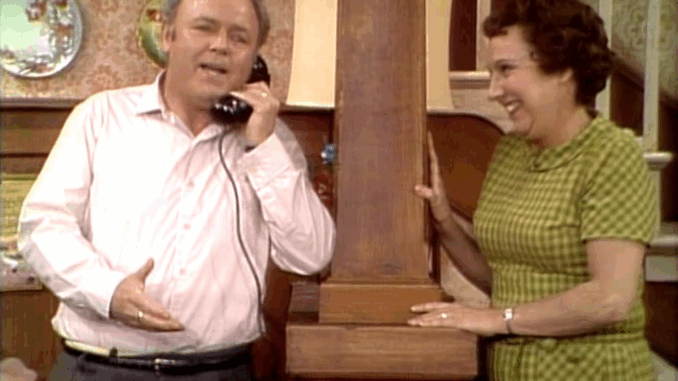
All in the Family is more than just a television show — it’s a cultural phenomenon. Launched in 1971, this groundbreaking sitcom broke barriers, sparked conversations, and forever changed the landscape of American television. The success story of All in the Family is one of bold creativity, fearless social commentary, and timeless impact.
The Beginning: A Risky Concept
When All in the Family first aired on CBS, few could predict the success it would achieve. The show featured a working-class family in Queens, New York, led by the outspoken and often politically incorrect Archie Bunker. At a time when most sitcoms avoided controversy, All in the Family tackled taboo subjects like racism, sexism, war, and politics — and did so with humor.
Many network executives were initially hesitant. A show that pushed social boundaries and challenged traditional values was a major gamble. But creator Norman Lear believed that television could be both entertaining and thought-provoking — and he was right.
Rise to Fame: Audience Connection and Cultural Impact
The show quickly struck a chord with audiences. Viewers saw their own families reflected in the Bunkers — their arguments, their generational clashes, and their hopes. Archie, Edith, Gloria, and Michael became household names. By 1972, All in the Family was the #1 show in America, a position it held for five consecutive years.
Critics praised the show’s honest, raw approach to real-life issues. It wasn’t just comedy — it was social commentary with a laugh track. The show’s boldness earned it numerous Emmy Awards and a place in television history.
Legacy: A Blueprint for Future Sitcoms
The success story of All in the Family lies not just in ratings or awards, but in its lasting influence. It paved the way for other socially conscious sitcoms like The Jeffersons, Maude, and Good Times — all of which were spun off from All in the Family.
Even today, modern shows like Black-ish, The Conners, and One Day at a Time owe a debt to the path All in the Family forged. Its mix of humor and heart, realism and risk, set a new standard for what television could achieve.
Conclusion: A Timeless Success Story
All in the Family is a success story not just because it was popular — but because it mattered. It started conversations, challenged comfort zones, and proved that TV could reflect real life. Decades later, its episodes still resonate, making it one of the most important and influential sitcoms in American television history.
